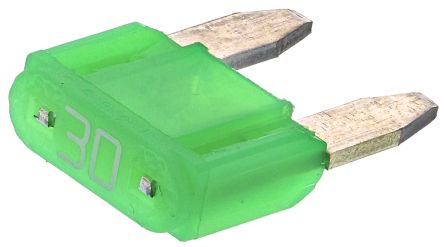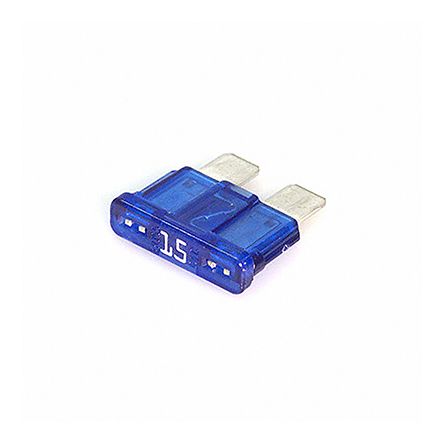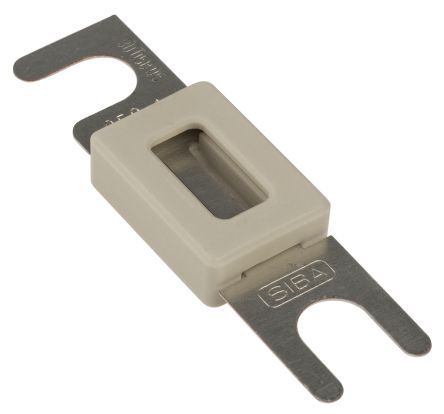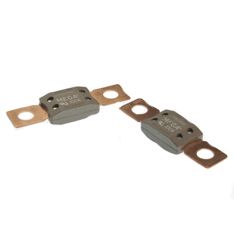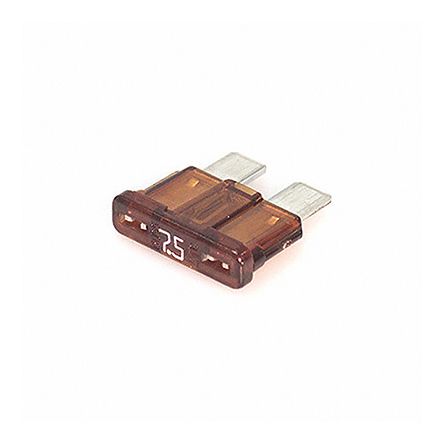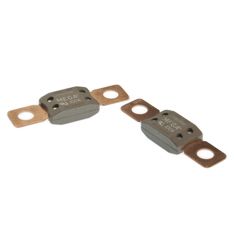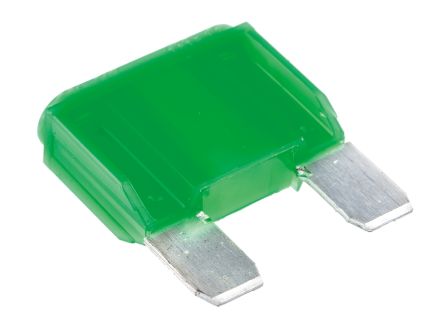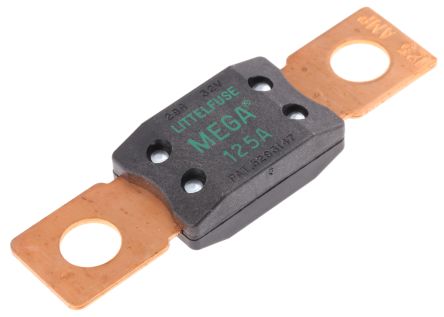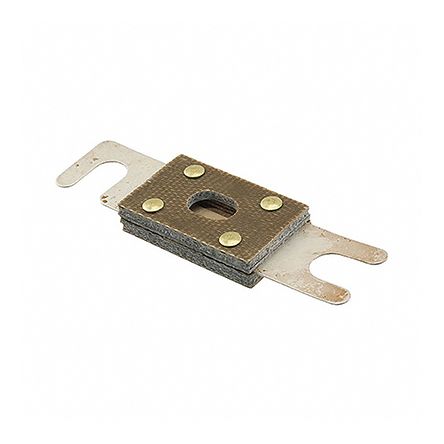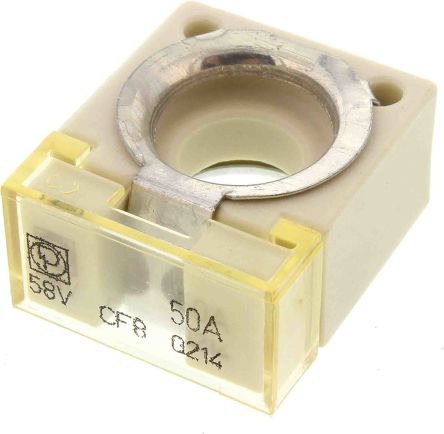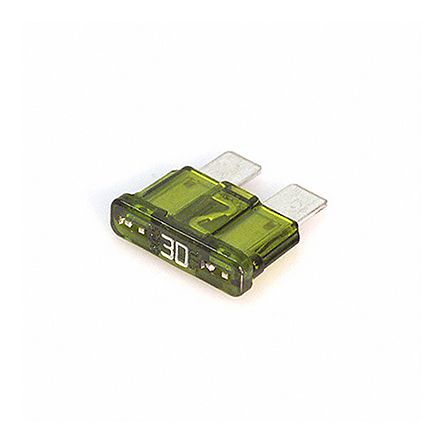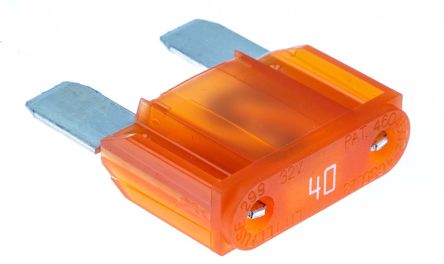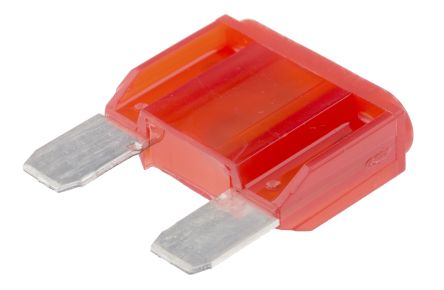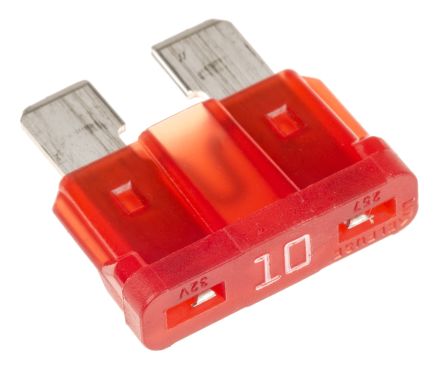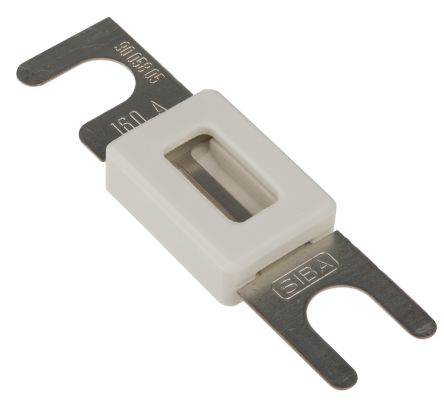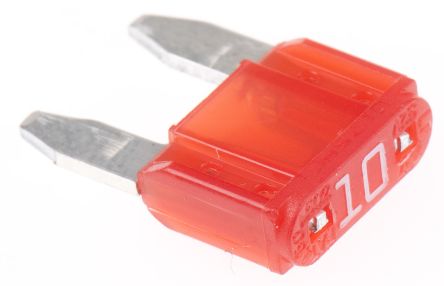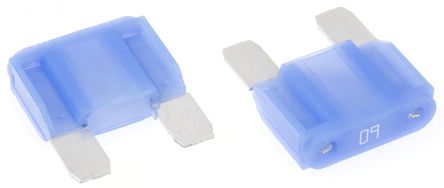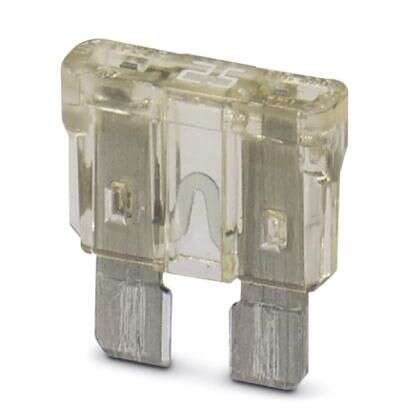- Automation & Control Gear
- Cables & Wires
- Enclosures & Server Racks
- Fuses & Circuit Breakers
- HVAC, Fans & Thermal Management
- Lighting
- Relays & Signal Conditioning
- Switches
- Batteries & Chargers
- Connectors
- Displays & Optoelectronics
- ESD Control, Cleanroom & PCB Prototyping
- Passive Components
- Power Supplies & Transformers
- Raspberry Pi, Arduino, ROCK, STEM Education & Development Tools
- Semiconductors
Car Fuses
Car fuses, also called automotive fuses, are electrical safety devices used to protect various circuits in a vehicle from damage caused by excessive current flow. They are small, low-cost components that are designed to break or blow when a circuit experiences an overload or short circuit.
The primary purpose of a car fuse is to protect the electronics, wiring and integrated devices within your vehicle. With an increasing amount of electronics incorporated into each car, fuses are vital to safeguard drivers and passengers. You can learn more in our car fuses guide.
What are blade fuses?
Blade fuses (sometimes called bladed fuses or spade fuses) are the most common type of fuse found in modern cars and lorries. They have a plastic body and metal prongs that fit into the sockets. Blade fuses are easy to install into a fuse box or fuse holders as they are a simple push-in component. There are four common blade fuse sizes:
- Maxi blade fuses (APX fuses) are the biggest type of car fuse. They have the highest amperage rating and are suited to heavy duty applications.
- Regular blade fuses (APR, ATC or ATO fuses) are the most popular and are suited to low voltage applications.
- Mini blade fuses (APM or ATM fuses) are smaller than regular blade fuses and cover a similar amperage range.
- Micro blades fuses are the smallest type of blade fuse and cover a smaller range of amperage. They are available with two or three prongs.
Why are blade fuses different colours?
Blade fuses utilise a standard colour coding system that shows what their current rating is. This can help you to easily find and replace a fuse within your car.
Other types of car fuse
While most modern vehicles use blade fuses, other types are available. Many older vehicles still use 'Bosch' style or ceramic fuses (also called torpedo, ATS or GBC fuses). Classic car restorations often still require these older types of fuses.
Link fuses are also commonly found within vehicles. These are used for higher current and higher power applications. These are available as strips, or as 'midi link fuses' or 'mega link fuses' (depending on size). Link fuses are normally bolted down in place within a fuse box or fuse holder.
